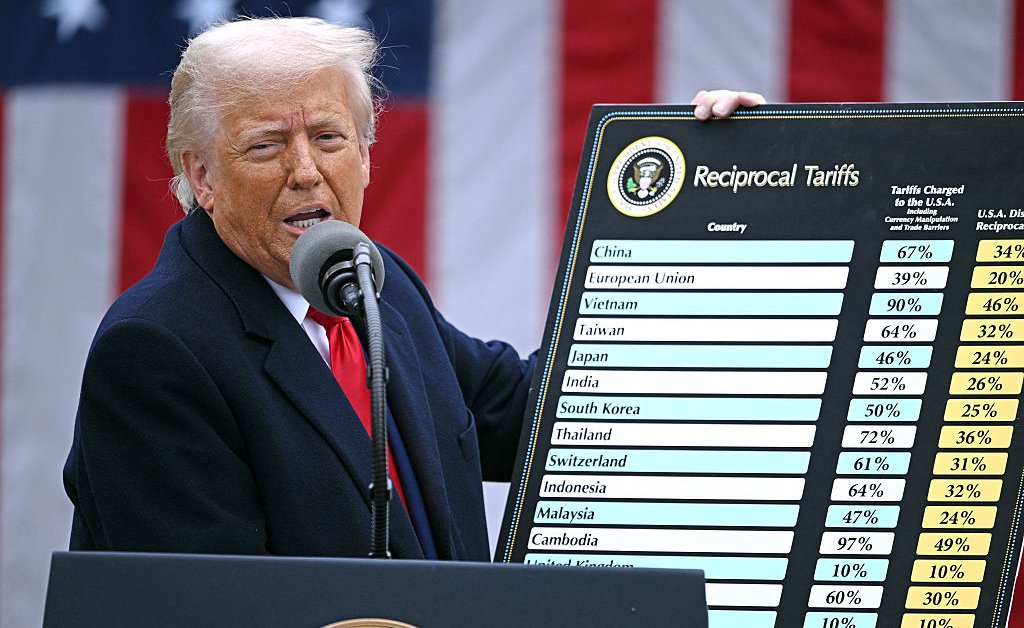Tariffs and Clean Energy: Unexpected Consequences
The push for clean energy is a global imperative, yet the path toward a sustainable future is often paved with unforeseen obstacles. One such hurdle is the complex interplay between tariffs and the development of clean energy technologies. While tariffs are sometimes implemented with the intention of protecting domestic industries, their impact on the clean energy sector can be surprisingly detrimental, leading to a series of unexpected consequences that ripple across economies and environmental goals.
The Double-Edged Sword of Tariffs
Tariffs, essentially taxes on imported goods, are often touted as a tool to shield domestic manufacturers from foreign competition. In the context of clean energy, this might seem beneficial at first glance. Protecting nascent solar panel or wind turbine industries could foster domestic job growth and technological advancement. However, this protectionist approach frequently backfires, creating a cascade of negative effects:
Higher Costs for Consumers
The most immediate consequence of tariffs on clean energy components is a rise in prices for consumers. When imports are taxed, the cost of solar panels, wind turbines, and other crucial clean energy technologies increases. This makes clean energy solutions less accessible and less attractive to individuals and businesses, ultimately slowing the transition to a greener economy. This directly contradicts the intended goal of increasing clean energy adoption.
Reduced Global Competition and Innovation
Tariffs stifle global competition, limiting access to the most advanced and cost-effective technologies. A free and open market encourages innovation; companies compete to develop better, cheaper, and more efficient clean energy solutions. Tariffs create artificial barriers, hindering this vital process and potentially locking in less efficient technologies. This ultimately hampers the overall progress towards a sustainable energy future.
Supply Chain Disruptions and Bottlenecks
The global clean energy industry relies on complex supply chains spanning multiple countries. Tariffs can disrupt these intricate networks, creating bottlenecks and delays in the manufacturing and deployment of clean energy projects. This can lead to project delays, increased costs, and a slowdown in the overall deployment of clean energy infrastructure. For example, a tariff on rare earth minerals crucial for wind turbine manufacturing can significantly impact the production capacity of the entire industry.
Retaliatory Tariffs and Geopolitical Tensions
Implementing tariffs can provoke retaliatory measures from other countries. If a nation imposes tariffs on imported solar panels, for instance, another nation might retaliate by imposing tariffs on exports of other goods, creating a trade war that negatively impacts both economies. This escalation can further hinder the progress of the global clean energy transition.
Navigating the Complexities: A Balanced Approach
The challenge lies in finding a balance between supporting domestic industries and fostering a globally competitive clean energy market. A more nuanced approach is necessary, one that focuses on:
Targeted Support for Domestic Industries
Instead of broad tariffs, governments should consider targeted support mechanisms such as research and development funding, tax credits, and investment incentives for domestic clean energy companies. This approach fosters innovation without creating artificial barriers to trade.
International Collaboration and Cooperation
International cooperation is crucial for tackling climate change. Instead of protectionist policies, nations should focus on collaborative efforts to share best practices, accelerate technological innovation, and promote fair and open trade in clean energy technologies.
Investing in Workforce Development
A successful clean energy transition requires a skilled workforce. Governments should invest in training and education programs to equip workers with the necessary skills for jobs in the clean energy sector.
Conclusion:
The relationship between tariffs and clean energy is far more intricate than a simple equation of protection versus free trade. While the initial intention might be to bolster domestic industries, the unintended consequences—higher costs, reduced innovation, and geopolitical tensions—often outweigh any potential benefits. A more strategic, collaborative, and nuanced approach that prioritizes sustainable development and global cooperation is essential to achieving a truly clean energy future.
